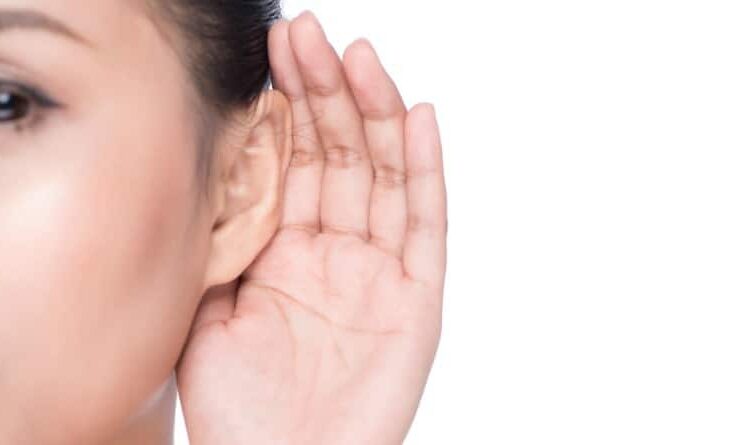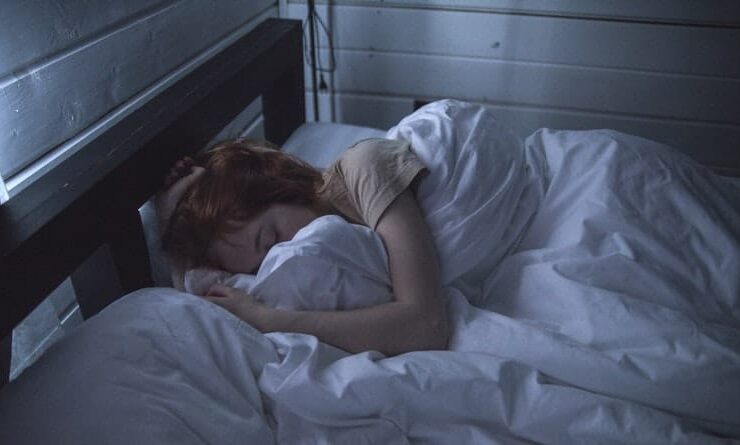The Media and Its Effect on Body Image Part III

The Media and Its Effect on Body Image Part III
The Big Question
The big question at hand is how to fix the nation’s obsession with thinnness. The Academy for Eating Disorders proposes to institute regular, yearly medical evaluations and psychological screenings. Doctors feel the pressure on models will significantly reduce if the environment they live in is not so unhealthy. However, the major problem is the fashion industry does not take responsibility for its models, and “anything that would change the industry and hold them accountable in ways they could not deal with, they rejected” (Rodenbough 3). Many experts strongly encourage setting in place an average body mass index (BMI) scale for every height to weight ratio that the models must meet. For example, a model who is 18 years old and 5′ 9″ in height should be absolutley no less than 126 pounds. They also suggest models should be strictly 16 years and older. However, the industry dismisses the scale and does not have a very good record of moderating their model’s unhealthy lifestyles. The only fashion capitals that do follow this are Madrid in Spain, Milan in Italy, and Sao Paulo, in Brazil after the deaths of the aforementioned models. The horrible pressure the fashion industry places on their models travels to average women as they receive the same message of beauty inferiority.
Advancement of Technology
Since the advancement of technology, the normal distresses women feel about themselves have become an increasing obsession. Celebrities and models constantly hold up the “thin look, ” and although they are glamourized at all hours of the day, we are supposed to see them as ordinary women, and that we could be like them, too. The way the media manufactures skinny and beautiful women leads to a reduction in the ability to be independent and creative in forms of self-expression (Alibhai-Brown 2). It is obvious that curvy and average-sized models and actresses are rare. Recent studies find that the average American woman is 5′ 4″ in height and between about 140 and 160 pounds, while the average fashion model is between 5′ 9″ and 5′ 11″ in height, and 110 pounds (Ojeda 3, Rodenbough 4). It is clear the standard of beauty is very distorted from the truth. Due to the barrage of images of dangerously thin models, women are frequently dissatisfied with the way their bodies look in comparison to the perfect people we see in advertisements every day. Along with the models themselves, it leads women to feel depressed, have anxiety and low self-esteem, abuse substances like alcohol and drugs, and develop eating disorders.
The story of 34-year-old anorexic Australian twins Rachel and Clare Wallmeyer was followed by United States entertainment shows in 2005. It was revealed that at one point, the two lived off of watermelon and Diet Coke, and used up to twenty laxatives per day. Together, they weighed a shocking 105 pounds. In 2003, “Entertainment Tonight” followed the recovery of former TV reporter Melissa Dehart, who at the worst of her battle with anorexia, she weighed 56 pounds. Even in 1995, Oprah Winfrey covered the story of a woman name Rudine, who was only a staggering 38 pounds when she died from anorexia (“Update: Eating Disorders” 1).
Part I: The Media and Its Effect on Body Image Part I
Part II: The Media and Its Effect on Body Image Part II
What's Your Reaction?
Newly middle-aged wife of 1, Mom of 3, Grandma of 2. A professional blogger who has lived in 3 places since losing her home to a house fire in October 2018 with her husband. Becky appreciates being self-employed which has allowed her to work from 'anywhere'. Life is better when you can laugh. As you can tell by her Facebook page where she keeps the humor memes going daily. Becky looks forward to the upcoming new year. It will be fun to see what 2020 holds.







